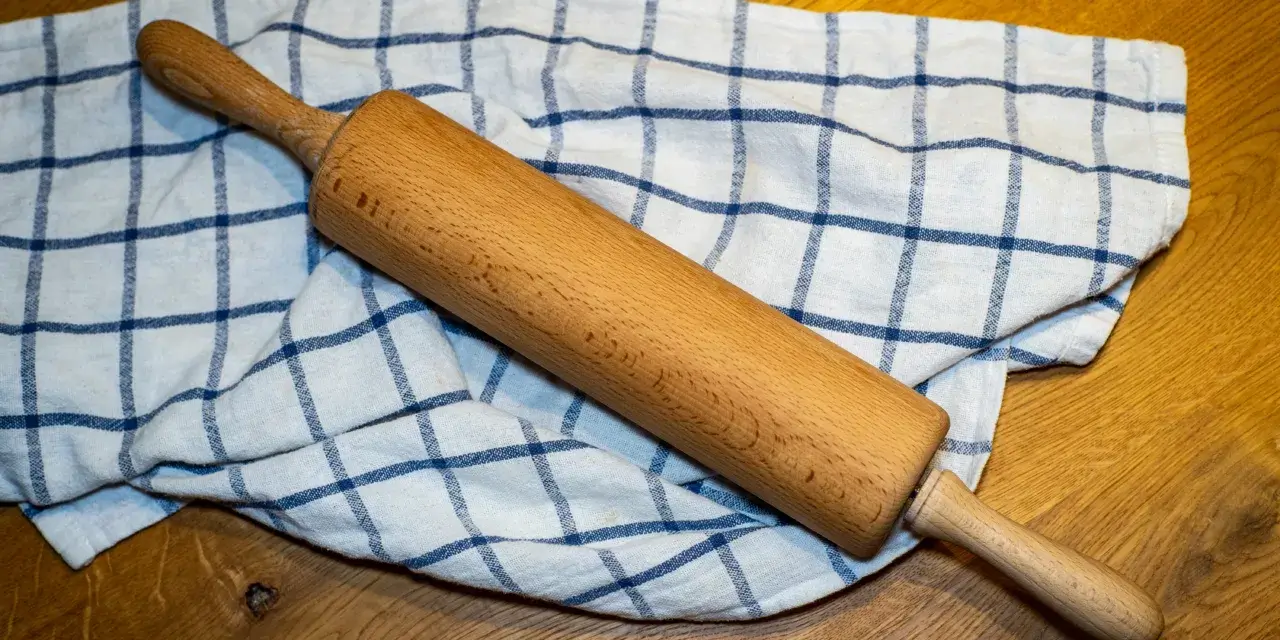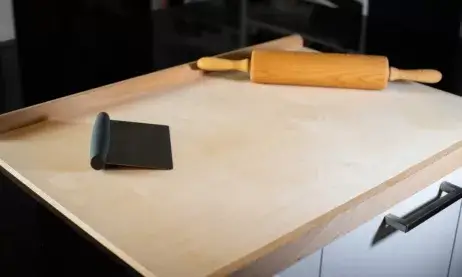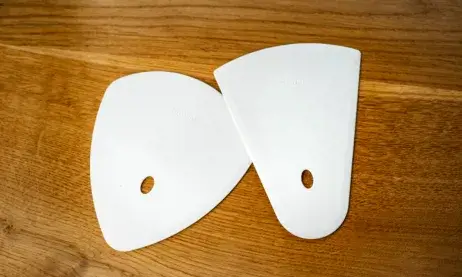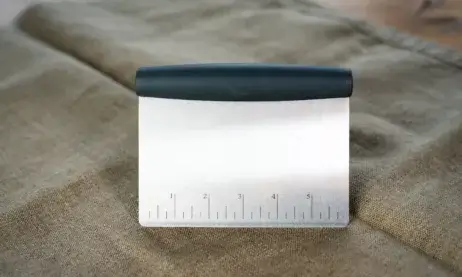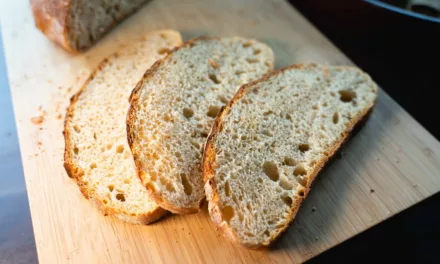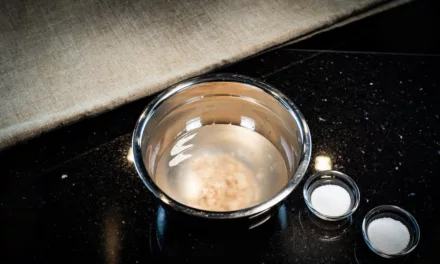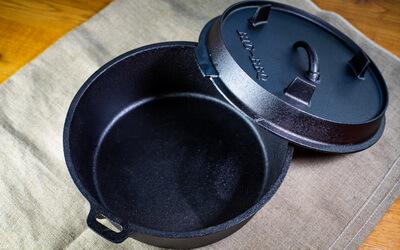Welcome to my guide on the rolling pin, a tool that has been kneading its way into our kitchens and hearts for centuries. This guide will help you understand the magic of this simple yet powerful tool and how it can transform your baking experience.
Have you ever struggled with uneven dough or found it hard to achieve the perfect thickness for your pastry? The rolling pin is your answer. It’s a baker’s best friend, helping you shape and flatten your dough to perfection.
As a seasoned baker, I’ve spent countless hours in the kitchen, and the rolling pin has always been my trusted companion. From making flaky pie crusts to perfectly round pizza bases, I’ve used it in countless recipes, and I’m excited to share my knowledge and experience with you.
Ready to roll? Let’s dive in and discover the wonders of the rolling pin!
Table of Contents
- The Rolling Pin: A Baker’s Secret Weapon
- Types of Rolling Pins and Their Uses
- The Art of Using a Rolling Pin
- Caring for Your Rolling Pin
- Where to Buy
- Conclusion
- Frequently Asked Questions (FAQ)
The Rolling Pin: A Baker’s Secret Weapon
The rolling pin is a tool that has stood the test of time, proving its worth in every baker’s kitchen. It’s a tool that brings out the best in your dough, helping you achieve the perfect thickness and consistency. Whether you’re making a pie crust, pizza base, or a batch of cookies, the rolling pin is your go-to tool.
But the rolling pin isn’t just about functionality. It’s also about the joy of baking. There’s something incredibly satisfying about rolling out dough. It’s a process that connects you with the food you’re making, giving you a sense of control and creativity. And let’s not forget the therapeutic effect of rolling dough – it’s a great stress reliever!
If you’re keen on unleashing your baking potential with a pastry board or the bench knife, a rolling pin is a must-have tool. It’s the perfect companion to your pastry board, helping you roll out your dough with ease and precision.
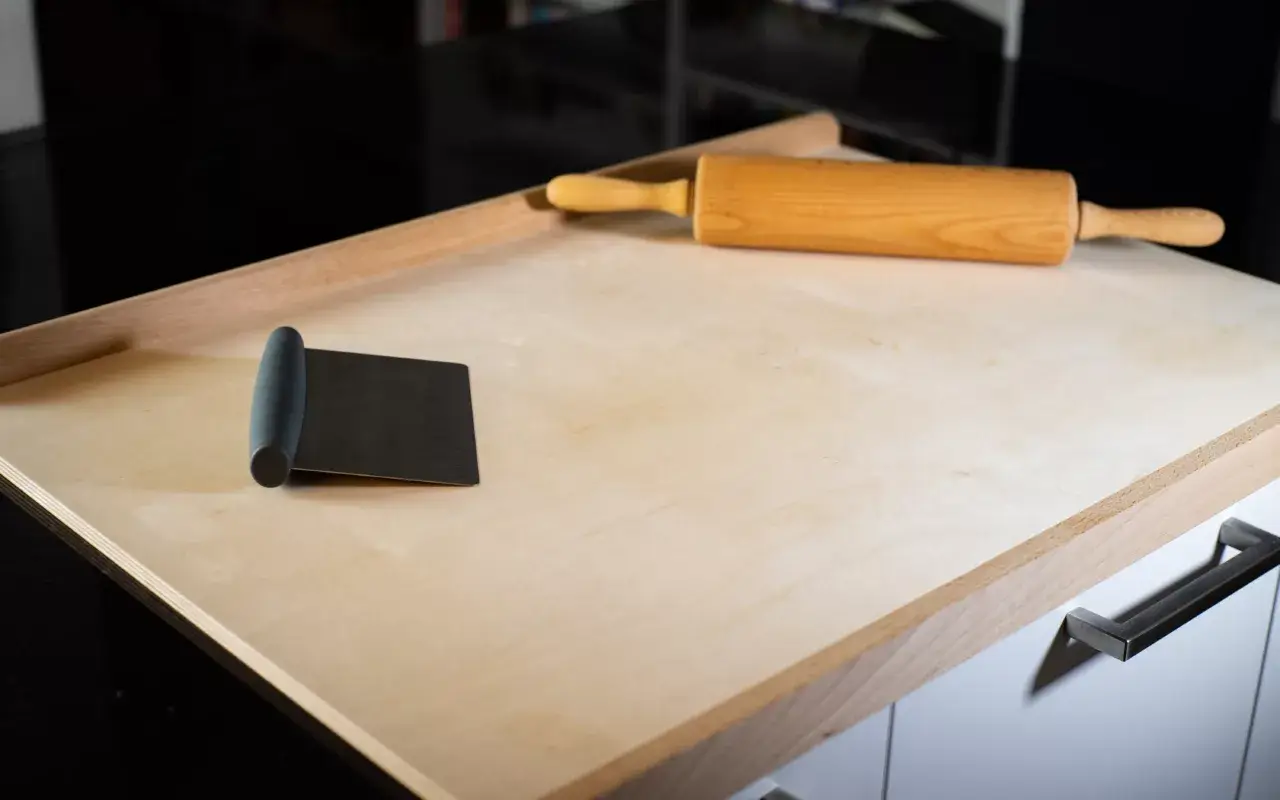
Types of Rolling Pins and Their Uses
Rolling pins come in various shapes and sizes, each designed for a specific purpose. Let’s take a look at some of the most common types:
- Traditional Rolling Pin: This is the rolling pin we all know and love. It has a cylindrical shape with handles on both ends. It’s perfect for all kinds of dough and is a great all-rounder.
- French Rolling Pin: Also known as a dowel, the French rolling pin is a favorite among many bakers. It’s a long, tapered pin without handles, offering more control and feel of the dough. It’s especially good for tasks that require a delicate touch, like rolling out pastry dough.
- Marble Rolling Pin: This type of rolling pin is excellent for keeping your dough cool, which is crucial when working with pastry. It’s heavy, which can be a plus when dealing with a particularly tough dough.
- Patterned Rolling Pins: These are fun and functional. They come with engraved patterns that can imprint your dough, adding a decorative touch to your baked goods.
- Adjustable Rolling Pins: These come with removable rings that allow you to roll your dough to a specific thickness. It’s a handy tool for recipes that require precision.
In my experience, having a variety of rolling pins in your kitchen arsenal can be a game-changer. For instance, when I’m making pizza dough with hard wheat semolina, I prefer using a traditional rolling pin for its heft and ease of use. But when I’m working on a delicate pastry, a French rolling pin is my go-to tool.
The Art of Using a Rolling Pin
Using a rolling pin may seem straightforward, but there’s an art to it. Here are some tips to help you master the technique:
- Even Pressure: Apply even pressure when rolling out your dough. This will ensure your dough has a uniform thickness.
- Roll from the Center: Start rolling from the center of the dough towards the edges. This helps spread the dough evenly.
- Rotate Your Dough: Regularly rotate your dough to prevent it from sticking to the surface. This also helps you achieve a more uniform shape.
- Flour Generously: Don’t be shy to use flour. Dust your rolling pin and work surface with flour to prevent the dough from sticking.
- Chill Your Dough: If you’re working with pastry, chilling your dough before rolling it out can make the process easier. It helps the dough hold its shape and makes it less sticky.
Remember, practice makes perfect. The more you use your rolling pin, the better you’ll get at it. And don’t be afraid to experiment. Baking is a creative process, and your rolling pin is your paintbrush.

Caring for Your Rolling Pin
Taking care of your rolling pin will extend its lifespan and ensure it performs at its best. Here are some care tips:
- Clean Immediately: Clean your rolling pin immediately after use. This prevents dough from drying and sticking to the pin.
- Don’t Soak: Never soak your rolling pin in water. This can cause the wood to warp.
- Dry Properly: After washing, dry your rolling pin thoroughly to prevent moisture damage.
- Regular Maintenance: If your rolling pin is made of wood, consider oiling it occasionally to keep the wood in good condition.
Your rolling pin is not just a tool, but an investment. With proper care, it can serve you for years to come.
Where to Buy
Ready to add a rolling pin to your baking toolkit? You can find a wide range of rolling pins on Amazon. From traditional to French, marble to patterned, there’s a rolling pin for every baker and every baking task.
Personally I use a traditional rolling pin, but there are many more to choose from:
Conclusion
The rolling pin is a humble tool, but its impact on your baking is profound. It’s a tool that allows you to shape your dough, your recipes, and ultimately, your baking journey. Whether you’re making a pie crust or a batch of cookies, the rolling pin is there to guide you.
And while it’s not typically used for making bread or sourdough, it’s still a valuable tool to have in your baking arsenal. It’s versatile, reliable, and brings a touch of tradition to your kitchen.
So, embrace the rolling pin, and let the good times roll! Happy baking!
Frequently Asked Questions (FAQ)
What is a rolling pin used for?
A rolling pin is used to flatten and shape dough for a variety of baking recipes, including pies, cookies, pizzas, and more.
What is a French rolling pin called?
A French rolling pin, also known as a dowel, is a type of rolling pin that is tapered at the ends and does not have handles.
Why use a French rolling pin?
A French rolling pin offers more control and feel of the dough, making it ideal for tasks that require a delicate touch, like rolling out pastry dough.
What are the different types of rolling pins and their uses?
There are several types of rolling pins, including traditional, French, marble, patterned, and adjustable. Each type has its own unique uses and benefits.
What are the 3 types of rolling pin?
The three main types of rolling pins are the traditional rolling pin, the French rolling pin, and the marble rolling pin.
What is a rolling pin called in America?
In America, a rolling pin is simply called a rolling pin.
What is a Swedish rolling pin?
A Swedish rolling pin, also known as a kruskavel, is a type of rolling pin with deep grooves. It’s typically used for making flatbreads and crackers.
Are wooden rolling pins better than metal?
Wooden rolling pins are generally preferred for their durability and feel. However, metal rolling pins can be excellent for keeping dough cool, which is particularly useful when working with pastry.

